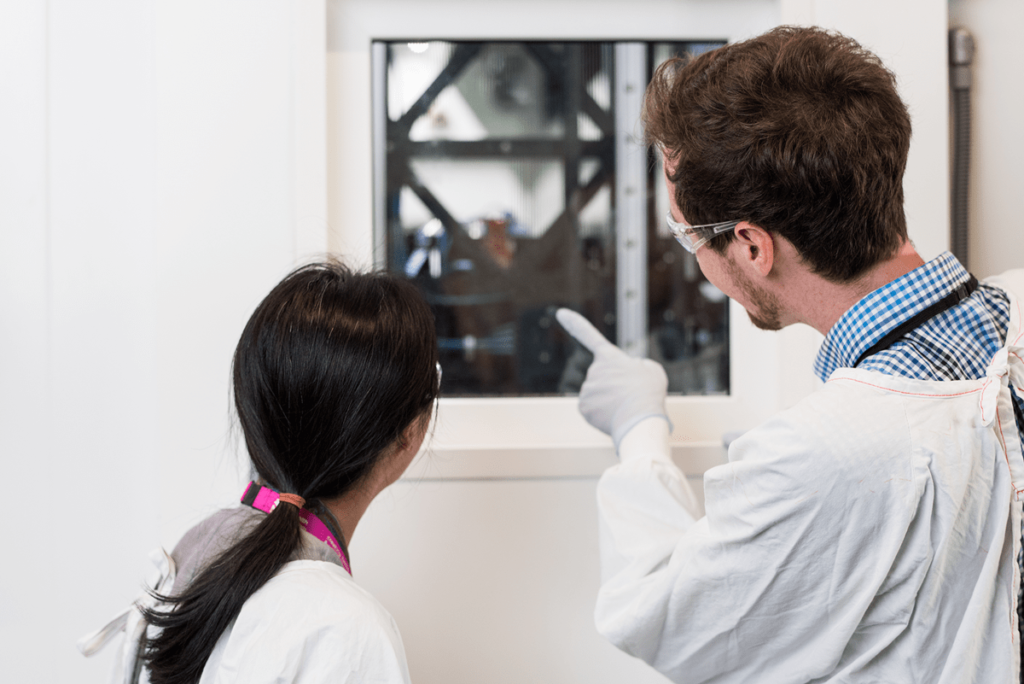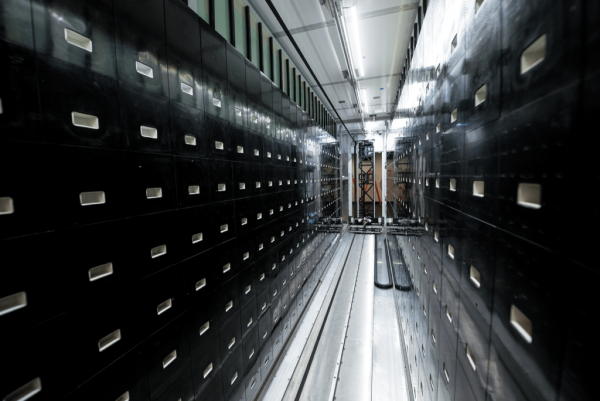Banking that’s attracting great interest
Anyone studying disease in humans relies on biospecimens. That’s because access to high-quality samples, in sufficient numbers and linked to quality data, allows researchers to conduct more robust and relevant research. The largest biobank in the Southern Hemisphere, in NSW, is enabling just this.
Deposits into the NSW Health Statewide Biobank are beginning to pay dividends for medical research and community health. Indeed, the biobank is already playing its part in protecting future generations from SARS-CoV-2 (COVID) infections.
The “banking” of biospecimens with the purpose-built facility has grown rapidly since it opened in Sydney’s Camperdown four years ago. Tens of thousands of samples of human tissue, blood, DNA and tumour cells have been stored from research teams across the state investigating conditions including heart disease, cancer, dementia, arthritis, melanoma and bipolar disorder. As collections grow, biospecimens could also be used in future large-scale population studies tracking health trends.
Professor Jennifer Byrne, Director of Biobanking with NSW Health Pathology, which manages the biobank, says over time it will contribute to the development of better treatments faster. “Quality biospecimens drive medical research,” she says. “Our collections are built around specific research projects that will lead to improvements in patient care.
“As much as possible, NSW Health aims to create strategic collections that will be a research asset – collections capable of being repurposed. With the permission of key investigators and custodians, collections may be analysed in future to ask different research questions in relation to a range of illnesses and conditions.”

State-of-the-art storage
While many research institutions have their own biobanks, they are costly to maintain. The NSW Health Statewide Biobank boasts world-class facilities and uses NSW Health Pathology’s network of laboratories and collection centres, with capacity to link to other health data sets through the Centre for Health and Record Linkage (CHeReL). The biobank also aims to establish a highly collaborative and open model of research support because it’s owned by NSW Health instead of any one institute.
Employing the latest robotic technology, the biobank can maintain three million specimens for 10 years or more. Live tissue samples are stored in liquid nitrogen at about -196°C and other samples in freezers at -80°C.
A fully automated barcode tracking system ensures traceability and custody control, and enables fast and efficient handling by laboratory staff.
Playing a part in the COVID response
The ease and speed with which biospecimens can be accessed has been vital for the urgent work of infectious disease physician Professor Tony Cunningham, Director of the Centre for Virus Research at The Westmead Institute for Medical Research. Courtesy of a $4.7 million NSW Government grant, he and fellow members of the Vaccine, Infection and Immunology Collaborative Research Group are seeking to unlock the secrets of immunity to the COVID-19 infection and match them with immune responses to vaccines (and boosters) for its prevention.
Blood samples from 500 people are key to the three-year study, which stands to influence the way we manage the pandemic and develop second and third-generation vaccines. Those samples, stored at the biobank, now comprise one of its largest collections.
“We are just about to get the first serum shipment back from the biobank to compare the immune responses to vaccines in older and younger people,” says Cunningham. “Our primary intent is to understand how the vaccines work in both age groups and for how long.
“The value of the biobank is in its ability to process, store and then release samples to researchers, and to have those samples all in one place, rather than stored in biobanks across Sydney. In this way, the biobank facilitates our research, which aims to help protect NSW residents and indeed Australians from future infectious diseases like COVID.”

New inspiration for collaboration
NSW researchers, local health districts, universities, medical research institutes and industry are all potential users of the NSW Health Statewide Biobank, and grants from NSW Health are helping to cover some of the costs involved.
“We are very much in the early stages of creating collections that will have future research value,” says Byrne. “But having one storage facility helps to strengthen research collaborations and networks in NSW and beyond. This is expected to improve the integration of research diagnostics and, ultimately, clinical care. You never know where the next big discovery will come from.”
If you’re interested in collaborating with the NSW Health Statewide Biobank, contact NSWPATH-Biobanking@health.nsw.gov.au or visit: https://biobank.health.nsw.gov.au/contact-us/
Updated 3 years ago